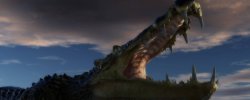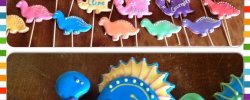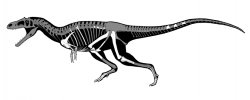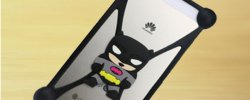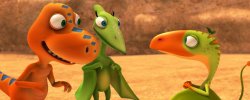Predatory Dinosaurs
About 50 to 100 thousand years ago, several continents of the Earth have found dozens of species of giant grassy and predatory birds called birds of terror. By the...
Dinosaurs 2
2,624. Price: 1,836.80 rubles. 6+ Age of Artikul BW0966 Goods Code 0799 Brend BONDIBON Nauki from Bucky Pay Mode: Delivery: The world of prehistoric excavations...
Dinosaurs Story
In the first years of the juridical period, when the world was restored after one of the worst mass wars in history, the humble meat from Wales paved the way for...
Dinosaurs In Films
The animatronic began to appear in the early years of the film development, and the first, black-and-white King Kong (1933) had already presented the shocking public...
Message On Why Dinosaurs Died
Why in the far past have many living creatures mass exterminations occurred on Earth? What was the cause of that, the fall of asteroids or the intensification of...
Names And Photos
In the United States, he was particularly popular, because he was repeatedly on the list of key documentaries. The Latin name Allosaurus is from the Greek word...
Predatory Dinosaurs Video
With length and mass, we have already been dealt with in previous publications. But there s still one question that s as exciting as the prehistoric lizards, which...
Dinosaurs Photos
I m sorry. Lake Tianci (Chongji) is the highest lake in the world, at a height of 2,189 metres on the border of the DPRK and China. The Dark depths of Tianci keep...
Dinosaurs Floating
The BioDat Anatoly Birschert, the Candidate of Modern Sciences, divides the history of our Earths development into four eras. The Mosaic era (which began 230 million...
Watch Flying Dinosaurs Video
Multserial s Multserial is describing the adventures of young dinosaur Buddy. On an amazing dinosaur train, he travels on an intermittent journey to explore the...
